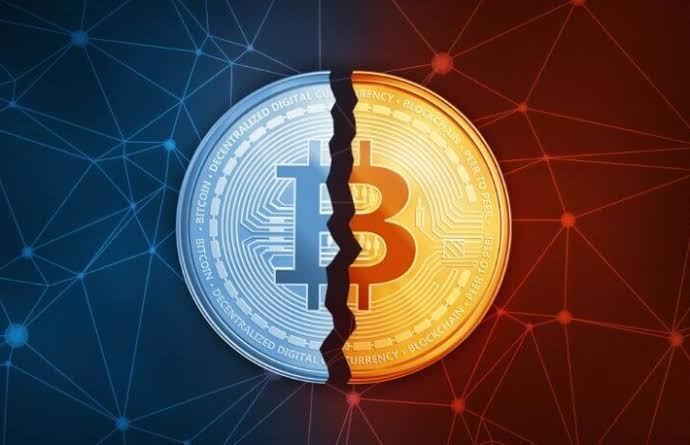
Bitcoin halving is an event that occurs every 210,000 blocks in the Bitcoin blockchain. This event is programmed into the Bitcoin protocol and is designed to reduce the amount of new bitcoins that are created and added to the market. When Bitcoin was first created, the reward for mining a block was 50 bitcoins. After the first halving in 2012, the reward was reduced to 25 bitcoins. The second halving occurred in 2016, reducing the reward to 12.5 bitcoins. The third halving occurred in May 2020, reducing the reward to 6.25 bitcoins.
What Impact Does Bitcoin Halving Have?
The impact of Bitcoin halving is twofold: it reduces the supply of new bitcoins and it can affect the price of bitcoin.
Reduction in Supply
Bitcoin halving reduces the supply of new bitcoins that are added to the market. This reduction in supply can have a significant impact on the overall supply and demand dynamics of the Bitcoin market. With fewer new bitcoins being created, the market becomes more scarce, which can increase the value of existing bitcoins. This reduction in supply is one of the reasons why Bitcoin is often compared to gold, which also has a limited supply.
Price Impact
Bitcoin halving can also have an impact on the price of bitcoin. In the past, Bitcoin halving has been followed by a significant increase in the price of bitcoin. This is because the reduction in supply can create a sense of scarcity, which can drive up demand. However, the impact of Bitcoin halving on the price of bitcoin is not guaranteed. Other factors, such as market sentiment and global economic conditions, can also affect the price of bitcoin.
Leave a Reply